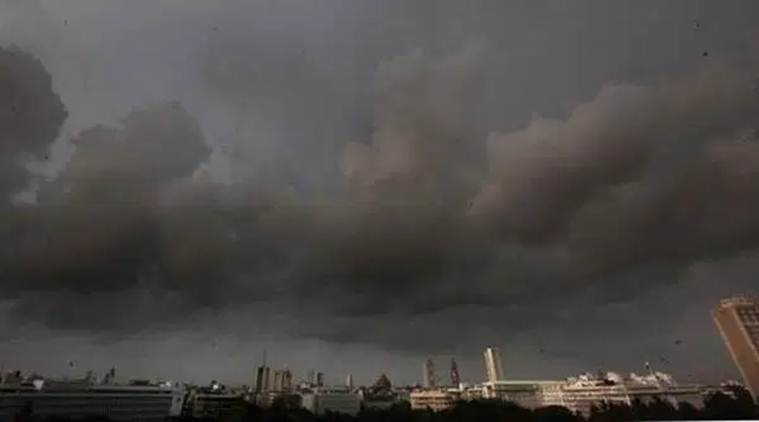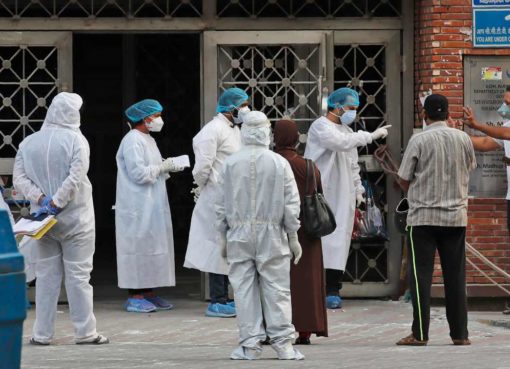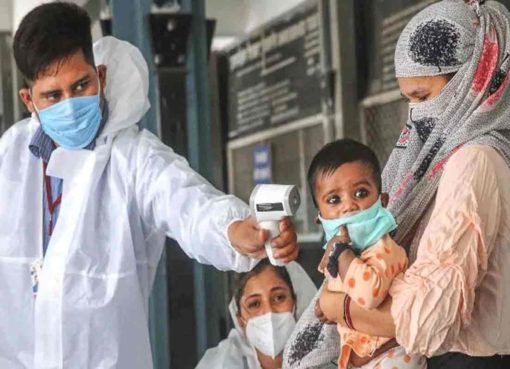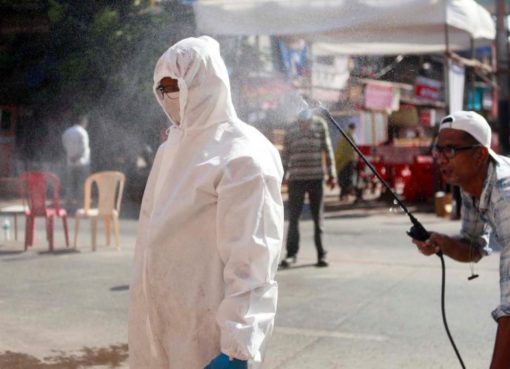As opposed to most air quality reports during the Covid-19-related lockdown, an investigation demonstrated that benzene focus in Mumbai was higher during all periods of the lockdown when contrasted with levels in 2019.
In spite of most air quality reports during the Covid-19-related lockdown, an examination indicated that benzene fixation in Mumbai was higher during all periods of the lockdown when contrasted with levels in 2019. The discoveries were delivered by the Central Pollution Control Board (CPCB) in its report named “Effect of Lockdown on Ambient Air Quality” delivered on Wednesday. Benzene is an unstable natural compound (VOC) delivered noticeable all around from anthropogenic sources, for example, outflows from unrefined petroleum, fuel and modern cycles. In metropolitan regions, the presence of benzene is generally distinguished (through aroma) at petroleum siphons. Long haul presentation to benzene can cause genuine wellbeing impacts, said specialists.
The CPCB report demonstrated 30-35% normal ascent in benzene levels during lockdown. “Benzene expanded in all periods of lockdown, contrasted with the levels during a similar period in 2019. It is conceivable that specific enterprises, particularly those devouring or delivering benzene, may have begun working, bringing about the expansion. Nearby impact of outflows on observing stations is likewise a chance,” the report said.
VK Shukla, head examiner of CPCB’s report, stated, “We should understand that Mumbai encounters totally different meteorological varieties when contrasted with other metropolitan urban communities. The higher benzene emanation could be a restricted issue close to our observing stations. We don’t know of the specific source, however dependent on Mumbai’s source distribution, there are 39 kinds of businesses (barring power plants), and benzene rise could be because of some useful ventures during lockdown. The report depends on information examined by different stations, however accurate explanations behind this ascent actually should be explored.”
A comparative investigation by Mumbai-based air quality examination bunch UrbanSciences utilizing CPCB information indicated comparable outcomes. “Territories, for example, Worli reliably announced dangerous benzene levels with 24-hour midpoints more than 15 micrograms for every cubic meter (µg/m3). The multi month benzene normal (two lockdown stages) at Worli was 13.1 µg/m3. Sion revealed the following most elevated day by day midpoints with most days above safe cutoff points. Kurla revealed an unusual spike of up to 58 µg/m3 between April 24 and 30,” said Ronak Sutaria, organizer and CEO, UrbanSciences. The yearly sheltered cutoff for benzene in India is 5 µg/m3 however nations like Israel have more rigid standards (3.9 µg/m3 for 24 hours). “Raised benzene levels in scarcely any zones of Mumbai are a reason for concern and need quick examination, particularly in areas where the 24-hour midpoints are over as far as possible,” included Sutaria.
Specialists said benzene was a demonstrated cancer-causing agent with extreme wellbeing impacts from long haul introduction. “The toxin influences the urinary framework, predominantly the kidneys. It has been appeared to cause bladder diseases. Levels are exceptionally high at gas stations where VOCs are transmitted. It is astounding that levels would be higher during lockdown when such exercises were waiting,” said Dr Sundeep Salvi, chief, Chest Research Foundation, Pune.
Specialists, nonetheless, said the benzene information may not be dependable. “The spike is exceptionally uncommon and information has been grouped from not many stations. Likewise, long haul information has not been kept up for this contamination in Mumbai,” said Professor SN Tripathi, head of structural designing, Indian Institute of Technology-Kanpur and pinnacle board individual from National Clean Air Program (NCAP).
Then, the decrease in modern and vehicular movement during lockdown was separated into two stages (March 25 to April 19 and April 20 to May 3) indicating a decrease in significant contamination fixation, for example, particulate issue (PM10, PM2.5), sulfur dioxide (SO2), and nitrogen dioxide (NO2) when contrasted with levels during pre-lockdown (March 1 to 21) and a similar period in 2019.
PM10 fell by 40% when contrasted with 2019 levels and 20% than pre-lockdown levels, NO2 fell 56% and 69% contrasted with the stages, while SO2 fell 56% and 48%. “PM2.5 levels expanded during the principal lockdown stage by 5% however diminished by 9% in the subsequent stage, when contrasted with levels during 2019,” the CPCB report stated, clarifying that from April 22 onwards the Maharashtra government denied authorizations for exercises (internet business organizations, electrical supplies, sweet shops, confectionaries, messenger administrations, movement identified with agribusiness items, cafés). “The bigger decrease in the second period of lockdown might be because of this reality,” said Shukla including, “In general, as different urban areas Mumbai saw a momentary change in air contamination levels during lockdown, cutting down air contamination and accomplishing foundation air quality.”
30% RISE IN OZONE LEVELS IN MUMBAI DURING LOCKDOWN: NCAP EXPERT MEMBER
NCAP part teacher Tripathi said Mumbai was among major metropolitan urban areas in India that saw a 30% ascent in ozone (O3). He clarified that O3 rise was an intricate wonder related with a decrease in NO2 and different toxins, just as meteorological components among different reasons.
Surface ozone (O3) is a photochemical oxidant, which is framed when contaminations like unstable natural mixes and oxides of nitrogen (NOx) synthetically respond within the sight of warmth and daylight. Ground-level ozone is hurtful for people as it can prompt asthma, cardiovascular ailments and other wellbeing illnesses.
“There is a quick requirement for a huge metropolitan zone like Mumbai to start continuous source division (RTSA) observing for toxins like PM2.5 instead of relying upon more established data for contamination sources. This should be done on need,” said Tripathi. IIT-Kanpur’s RTSA concentrate for Delhi was remembered for CPCB’s report which featured source-explicit decrease in contamination levels during lockdown.
Disclaimer: The views, suggestions, and opinions expressed here are the sole responsibility of the experts. No Sahyadri Times journalist was involved in the writing and production of this article.




